Audi were recently first out of the blocks with their Audi Urban Concept, now their parent company, Volkswagen, has followed with the VW Nils.
Both are electric vehicles that apparently seek to put the fun back in to urban commuting whilst at the same time addressing both the issue of waste and space occupied by a current 4/5 seater car and it’s typically lone occupant and the issue of style, or rather lack of style which previous attempts to address the first issue have brought about. Witness the Tango.
It provides two seats in a tandem configuration thereby solving the first issue. But it’s horrendously ugly, thereby creating the second issue. It doesn’t matter how much power you can spec. it with, no one in their right mind would really want to be seen in one. Certainly no European, who would at least be used to the diminutive dimensions of the car in comparison to our cousins across the pond. You need something altogether more stylish. I would love to get my hands on the Audi Urban Concept. Keep it light and simple and the need for heavy battery packs to drive heavy motors is avoided.
Another similar solution is being put forward by Gordon Murray, designer of the McLaren F1 supercar:
His attempts to right the carbon footprint wrongs of his F1 supercar have led to this, the T25 & T27:
Seems like two seater, mostly in a tandem configuration, is the way forward as seen slowly but surely by the motoring manufacturers of the world. Why hasn’t this caught on sooner? Probably material science prevented these cars from having the same safety in a crash which we’ve come to expect from our ever heavier and tech laden modern 5 seat car. Or 7 seat SUV. With only one occupant. The writing is on the wall, thank heavens. Small, light, zero emissions and fun must be the way for the majority of commuters in the future.
People often look at electric cars and, at least presently, justifiably level questions at the batteries. The future of transport is definitely electric. The bigger question though is how are we going to reliably generate the electricity needed to power all of this. See MiNukA below.
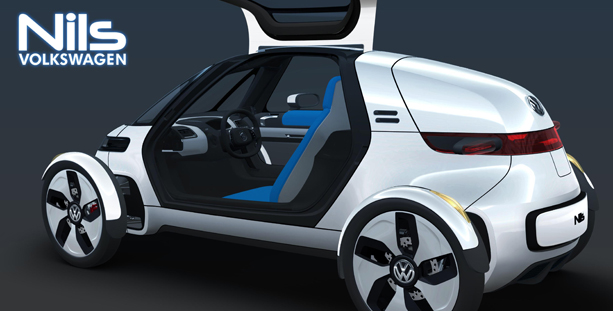
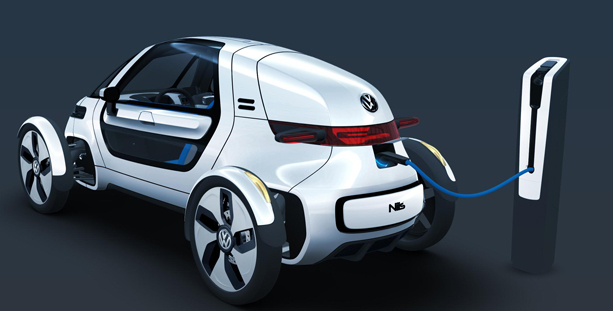
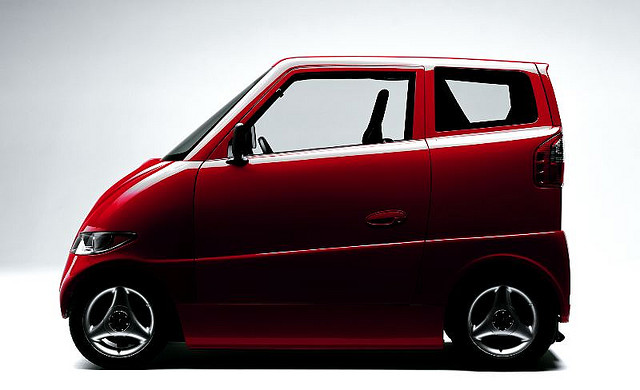
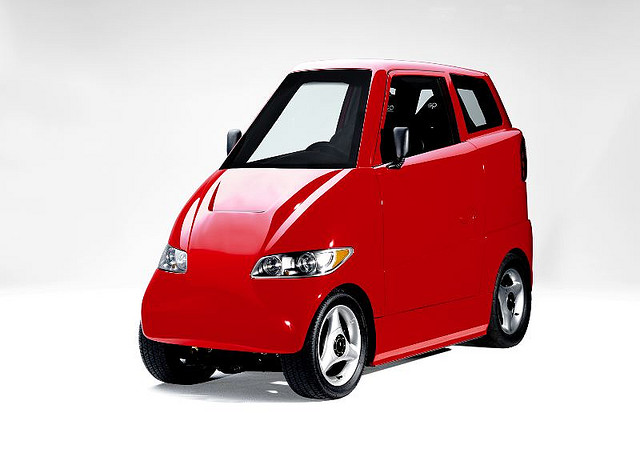
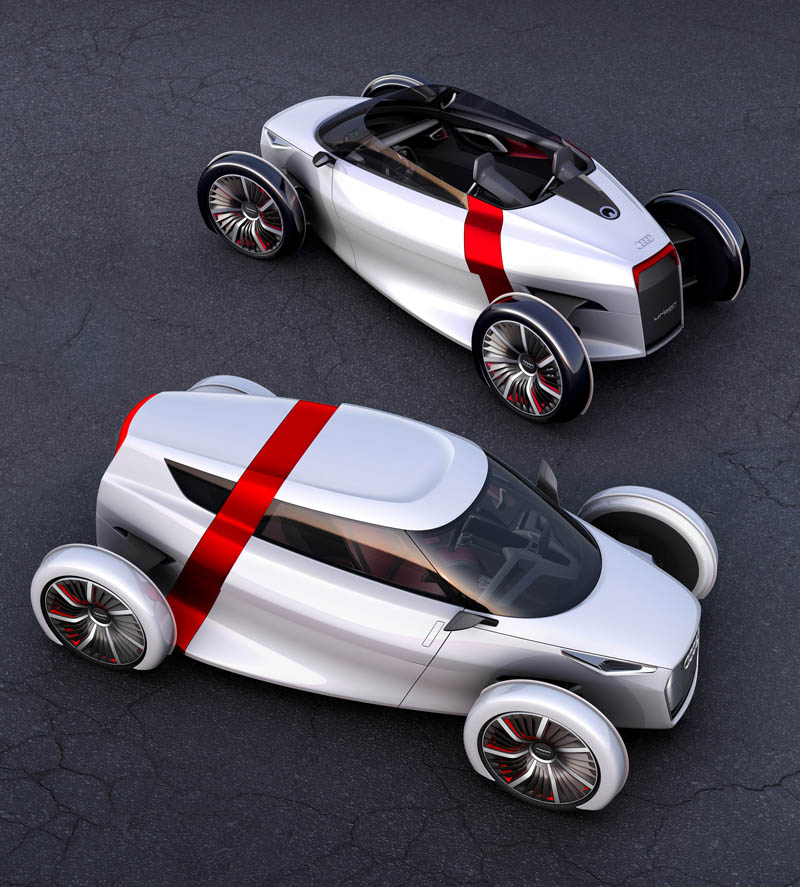
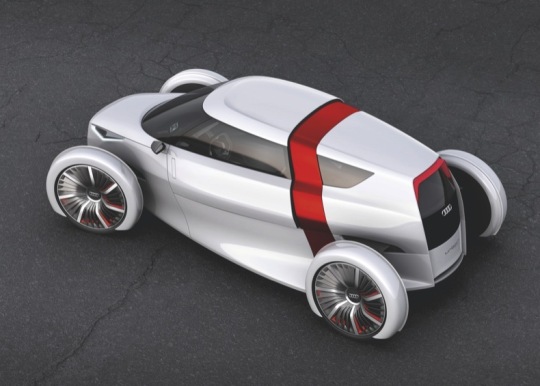
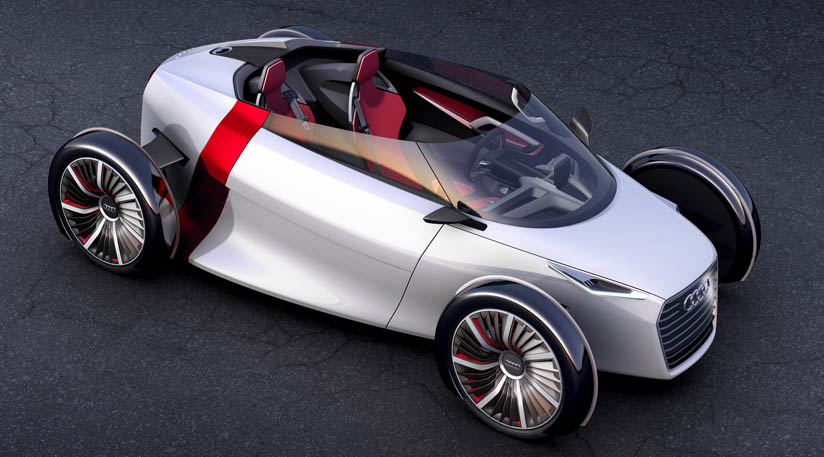
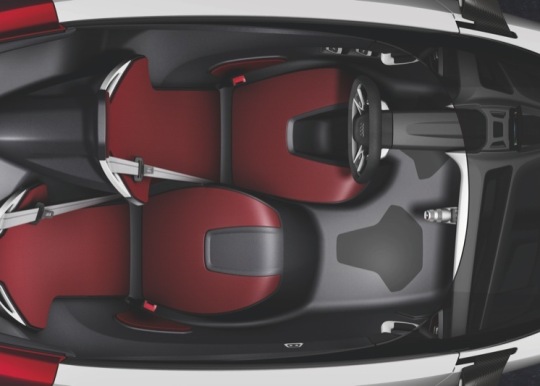
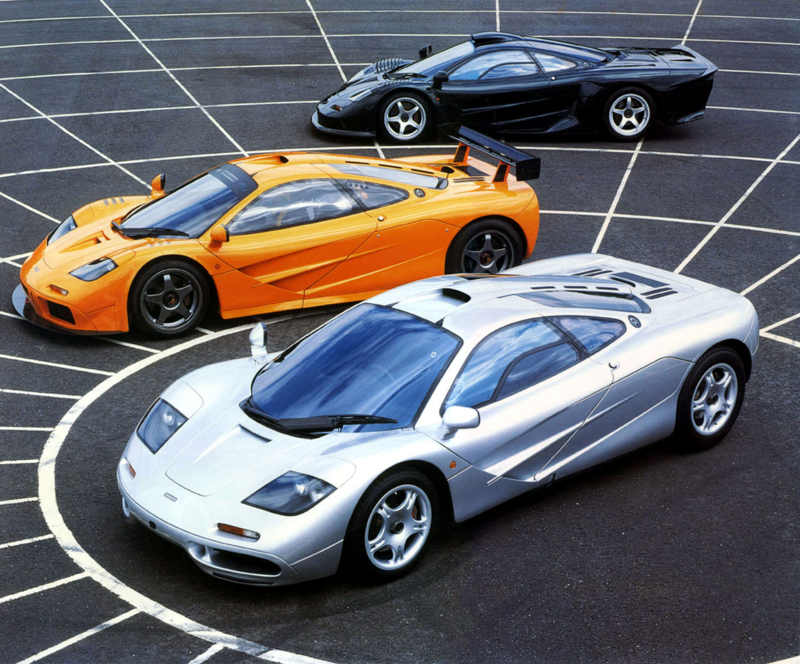
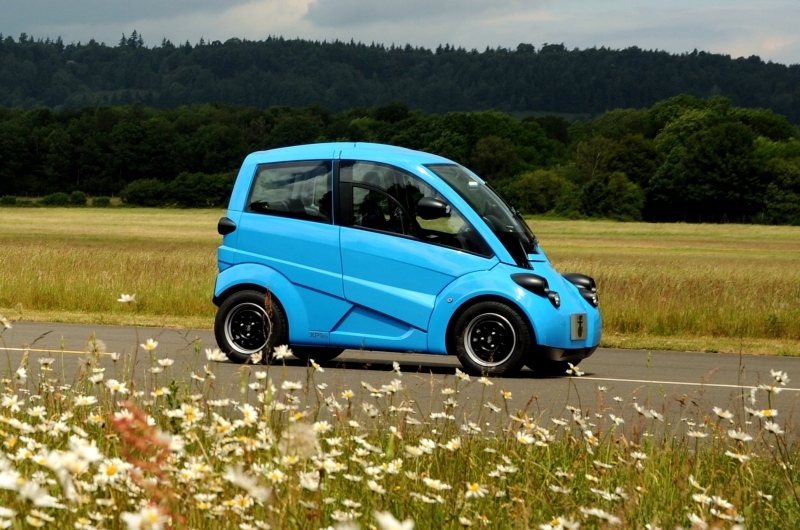
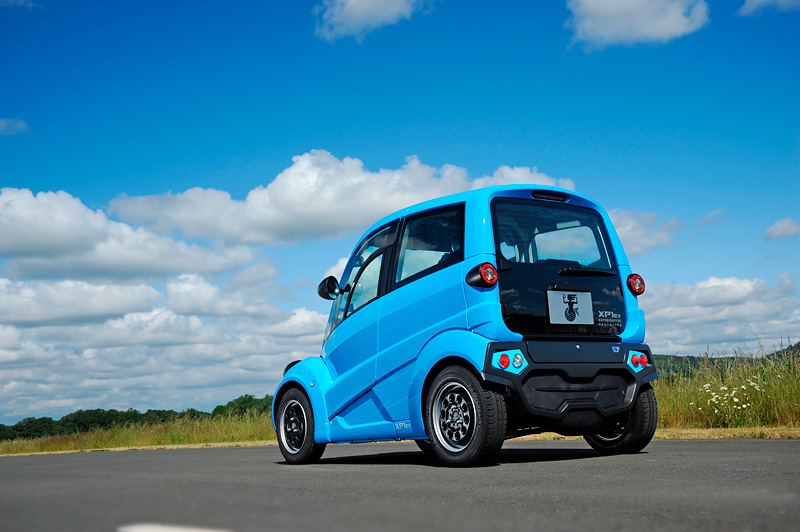
0 Responses to “The future of commuting”